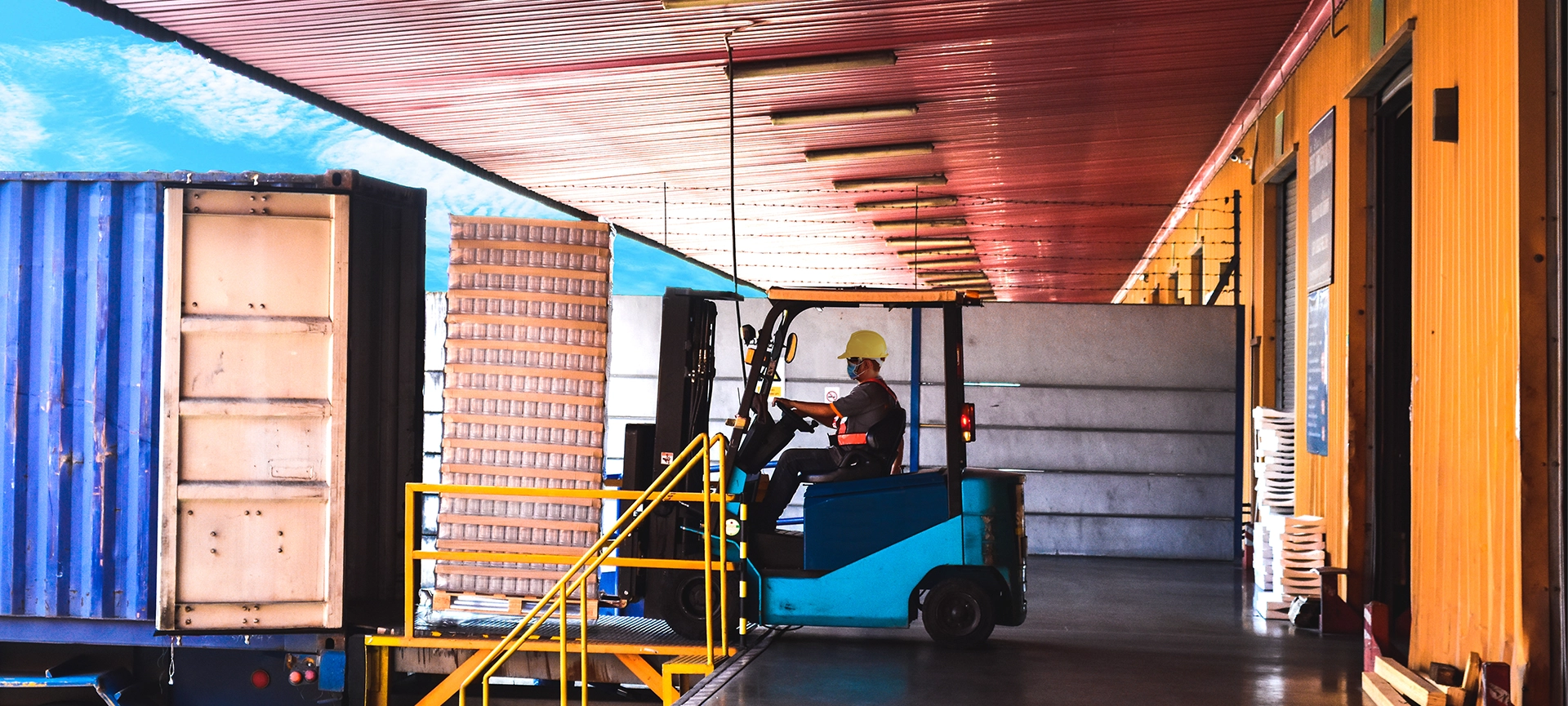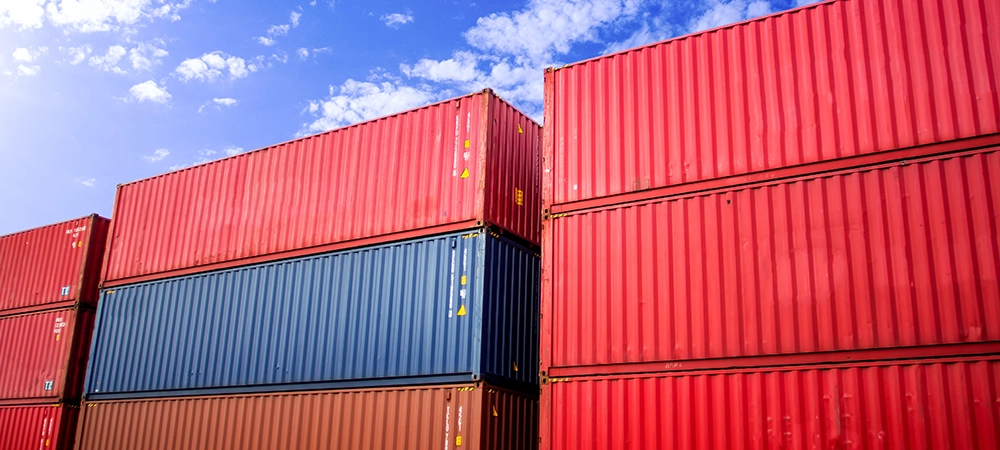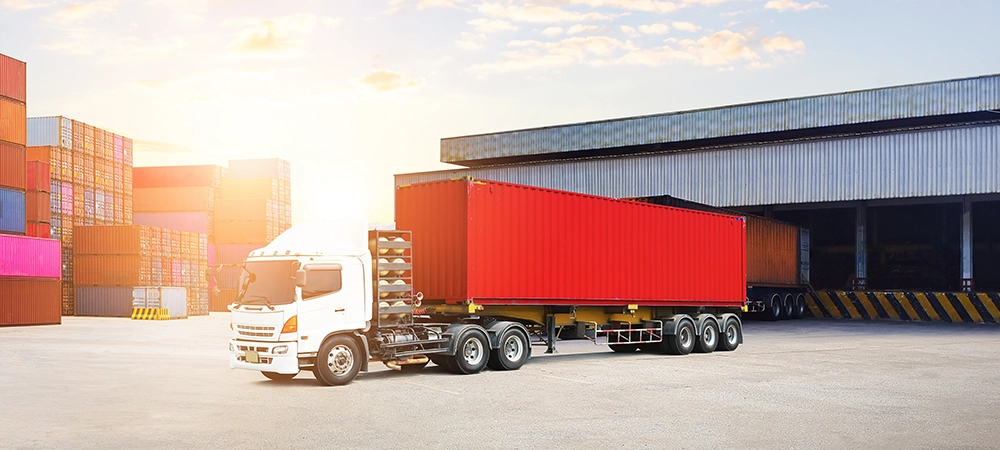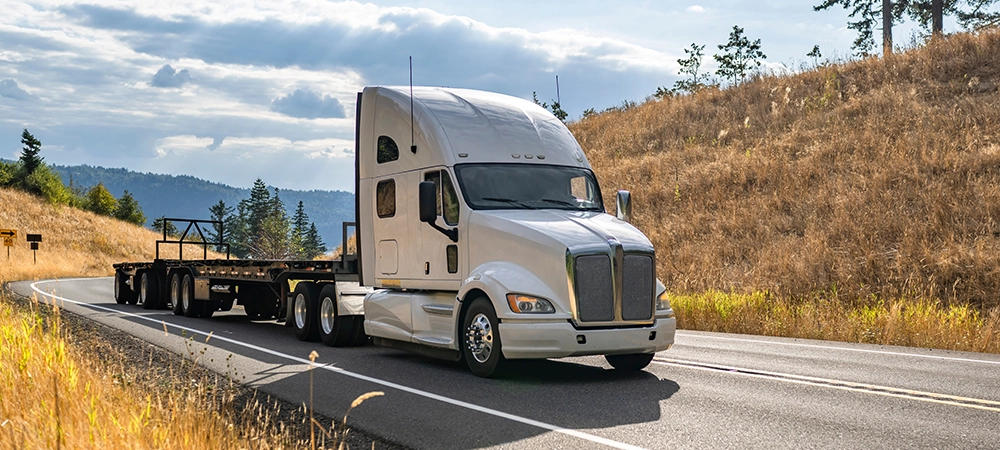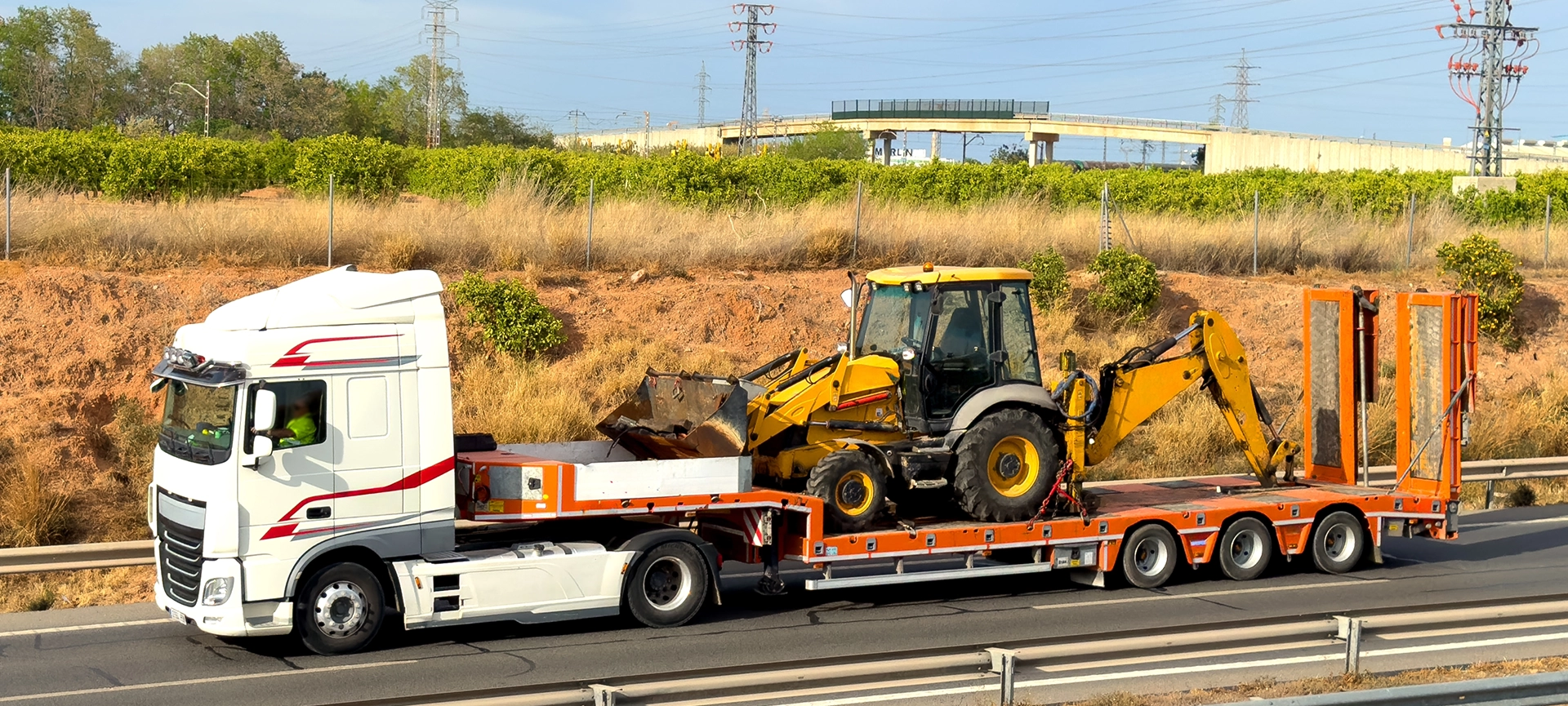Container stuffing (loading goods into a sea-can or intermodal box) sounds straightforward, yet a single misplaced pallet can warp walls, trigger customs holds, or sink profit margins.
This guide breaks down every stage, from pre-loading checks to post-voyage reports, so you can optimize space, comply with rules, and keep freight unscathed.
What Exactly Is Container Stuffing?
Container stuffing is the systematic placement, securing, and documentation of cargo inside a shipping container before the unit is sealed for transport. The practice follows the IMO/ILO/UNECE Code of Practice for Packing of Cargo Transport Units (the CTU Code), a global blueprint for safe loading that applies across road, rail, and sea legs.
Why Proper Stuffing Matters
A brief overview makes the stakes clear:
- Cargo safety – Tight blocking and bracing stop cartons from toppling in rough seas.
- Vessel stability – Even weight distribution protects hull integrity.
- Regulatory compliance – Incorrect stuffing can breach the CTU Code or SOLAS VGM and trigger hefty penalties.
- Cost control – Maximizing cubic capacity lowers the cost-per-unit shipped.
Neglecting any pillar risks damage claims, schedule slips, and sour customer reviews.
Key Players in a Stuffing Operation
A quick look at who does what helps assign accountability:
| Role | Primary duties |
| Shipper | Provides packing list, Verified Gross Mass (VGM), and loading instructions |
| Freight forwarder | Coordinates trucking, documentation, and space booking |
| Warehouse crew | Executes physical loading, securing, sealing, photos, and tally |
| Carrier or terminal | Verifies seal, inspects VGM, stacks container for departure |
Clear role boundaries cut down finger-pointing if issues surface later.
Pre-Stuffing Preparation Checklist
A short prep phase saves hours on the dock:
- Inspect the container for dents, odours, holes, or wet floors.
- Confirm load plan—include weight map, stacking order, and dunnage needs.
- Gather gear: load bars, air bags, anti-slip mats, moisture absorbers.
- Verify paperwork: commercial invoice, VGM certificate, dangerous-goods declaration (if applicable).
Ticking every box avoids last-minute scrambles that derail efficiency.
Step-by-Step Stuffing Process
A concise walk-through keeps teams aligned:
- Pre-load brief—review plan, safety rules, PPE.
- Floor loading—start with heavy, stable items along the centreline.
- Layer building—alternate rows to interlock units; fill voids with corrugated pads.
- Securing—install lashing belts, timber chocks, or air bags as specified.
- Moisture control—hang desiccant bags or use ventilated liners for hygroscopic goods.
- Seal and record—attach ISO-rated seal, log seal number, snap geo-tagged photos.
Following a codified sequence fosters repeatability across shifts and facilities.
Related Article: How to Transport Heavy Equipment: Best Shipping Solutions
Load Optimization Techniques
Squeezing maximum cargo into every TEU requires both maths and creativity.
- Cubic maths first – Use software to simulate carton orientations and avoid 2-cm “air collars” that add up across layers.
- Mix-and-match pallets – Combine Euro and block pallets to conquer awkward voids.
- Column-stack when possible – Direct alignment channels compression forces downwards.
- Distribute weight evenly – Target axle load limits if the box will move by truck or rail inland.
Smart optimization routinely unlocks 5-10 % extra capacity without higher freight rates.
Related Article: What’s the Difference Between a Skid, a Pallet, and a Crate?
Compliance and Safety Regulations
Rules change, but core obligations remain.
- CTU Code (updated draft 2024) – Experts are restructuring guidance to clarify roles and digitalize checklists.
- SOLAS VGM – Since 2016, shippers must declare VGM before the container is loaded on the vessel. Penalties for wrong weights run into thousands.
- Dangerous Goods (International Maritime Dangerous Goods Code) Code – Special segregation, placarding, and documentation for hazardous cargo.
- Customs security seals (e.g., Customs-Trade Partnership Against Terrorism, Authorized Economic Operator) – Tamper-evident seals expedite border clearance.
Keep compliance audit trails (photos, weight tickets, digital signatures) for at least five years.
Common Stuffing Mistakes and How to Dodge Them
Even veteran crews slip; awareness is prevention.
| Mistake | Fix |
| Overhanging pallets | Match pallet footprint to container width or use slip-sheets. |
| Ignoring weight map | Re-plan heavier items low and centred. |
| Skipping seal check | Assign a second staffer to verify seal integrity. |
| Neglecting moisture | Add desiccant or ventilated containers for coffee, grains, or electronics. |
Simple procedural tweaks cure most issues before they become claims.
Related Article: How to Save Big on International Shipping for Your eCommerce Business
Tech Tools for Smarter Stuffing
Digital platforms now replace guesswork with data, turning container loading into a repeatable science instead of a hurried art.
Three-Dimensional Load-Planning Software
Modern planners import stock-keeping unit measurements directly from a warehouse management system, then test hundreds of orientations in seconds. The result is a clear, drag-and-drop model that highlights wasted air pockets and flags axle-weight limits for road and rail legs.
Exportable step-by-step images guide crews during loading and trim five to ten percent of unused cubic space, often enough to eliminate one container in every ten shipments.
Strap-Tension Sensors
Clip-on sensors monitor the strain in lashing straps and chains throughout the journey. If vibration or sharp turns loosen the lash beyond a preset threshold, the system sends an alert long before damage occurs.
The tension history also proves that the load left the yard tight and secure, a useful record when filing insurance or warranty claims.
Mobile Photo Checklists
Smartphone apps use quick response codes to launch the correct checklist at each loading stage — container inspection, first-layer placement, moisture-barrier installation, seal application.
Automated proof reduces clerical errors, speeds customs queries, and keeps staff on script without clipboards or paper logs.
IoT Condition Trackers
Battery-powered modules inside the container sample temperature, humidity, shock, and tilt every few minutes. Data upload via cellular or satellite networks feeds a dashboard that maps any excursion against preset safety limits.
If a container rocks past six degrees during rough seas or humidity spikes above 70 per cent in the tropics, operations staff can act before condensation or impact ruins the load.
Live condition data also helps fine-tune future choices (air bags versus timber blocks, desiccant packs versus ventilated liners) based on evidence rather than instinct.
By combining these four tools, shippers reduce damage, cut paperwork, and optimize every cubic centimetre of paid space.
RoadLINX Equipment Support
Good gear and the right trailer remove costly surprises on loading day. RoadLINX backs every move with the hardware and services below.
- Flatbed and step-deck trailers – Rated for heavy machinery and oversize crates.
- Low-bed and double-drop trailers – Extra deck clearance keeps tall loads within legal height.
- Load-securement support – Our team guides clients on selecting industrial chains, web straps, tension binders, wheel chocks, and anti-slip mats and can arrange them through trusted partners on request.
- On-site stuffing service – RoadLINX crews inspect the container, place dunnage, install moisture control, and issue the Verified Gross Mass certificate.
Booking equipment and stuffing assistance through your RoadLINX dispatcher ensures hardware and skilled hands arrive at the dock precisely when the container does.
Related Article: How to Transport Heavy Equipment from Canada to U.S.
Ready to Streamline Your Loading?
Container stuffing blends engineering, paperwork, and teamwork. Follow the CTU Code, declare an accurate VGM, and apply the optimization tricks above to protect cargo and your bottom line.
Need a load plan, lashing gear, or full third-party stuffing service? Contact RoadLinx for a quick quote and ship with peace of mind.

